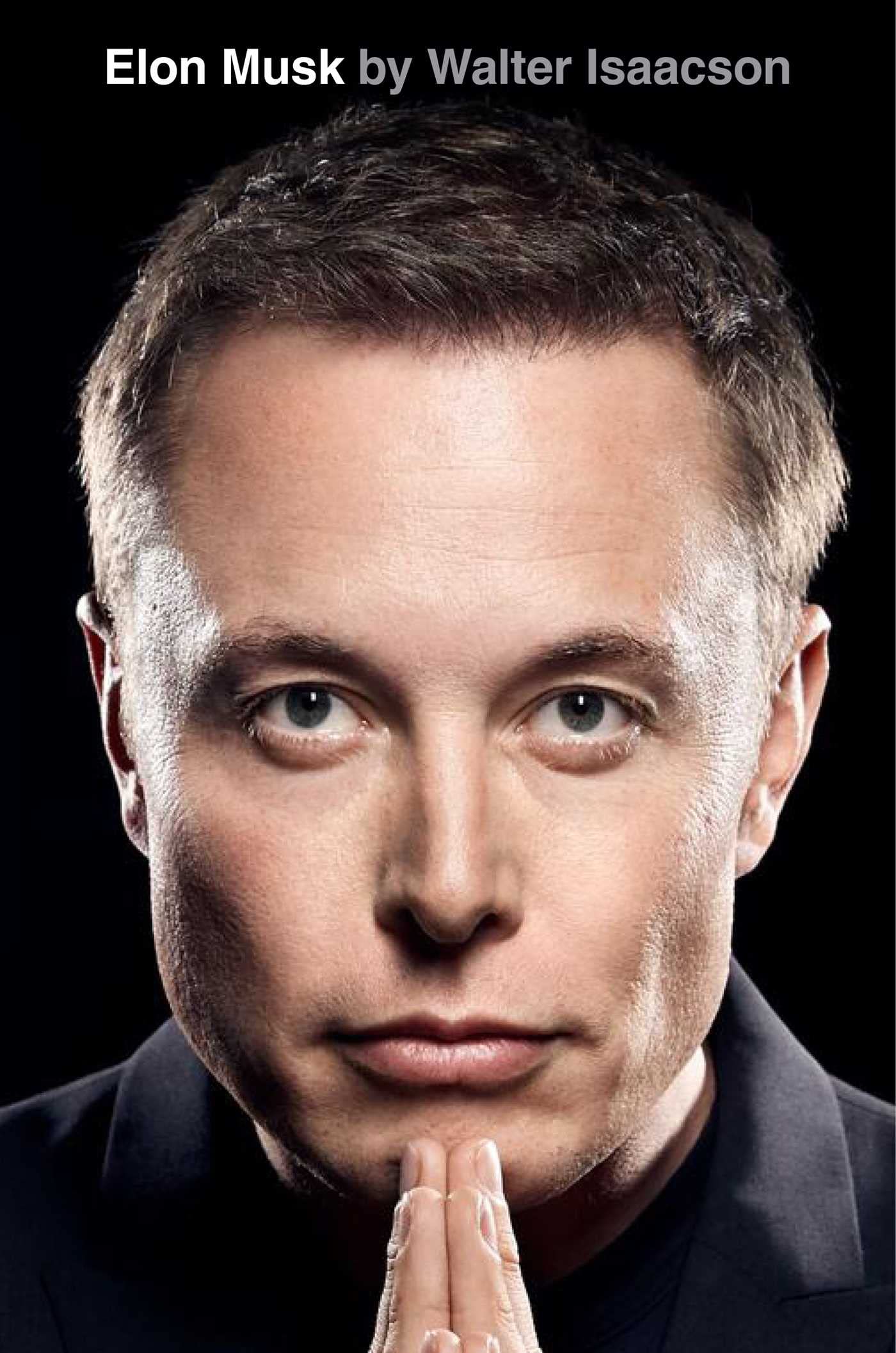Musk’s vision for Neuralink was deeply influenced by science fiction, notably Iain Banks’ Culture series, where the concept of a “neural lace” allowed human consciousness to seamlessly merge with computers. This narrative shaped Musk’s desire to create a real-world counterpart to the fictional technology, allowing humans to communicate directly with machines at an unprecedented speed and efficiency. His drive to make this vision a reality was motivated by the potential benefits of such technology in not only improving human-computer interactions but also safeguarding humanity against the existential risks posed by artificial intelligence. Musk’s foresight pointed to a future where the integration of AI and human consciousness would not just be an enhancement but a safeguard for the future of human evolution.
Neuralink’s primary goal was the development of a chip capable of being implanted into the human brain, creating a direct connection to computers. While building upon existing technologies like the Utah Array, Neuralink sought to surpass these early iterations by developing a device with the ability to process and detect thousands of neuronal channels at once. Musk’s ambition was to use this chip to help people with neurological conditions like paralysis, allowing them to regain control over their body and interact with technology in a completely new way. The potential applications were vast, from helping those with disabilities to eventually improving human cognitive abilities through enhanced interactions with technology.
As Neuralink continued to push forward, the company faced numerous technical challenges, but it also achieved key breakthroughs. One of the more remarkable innovations was the development of “neural dust” by DJ Seo, a concept that aimed to miniaturize the technology further and create even more precise brain-machine interfaces. A major breakthrough came when the company showcased the progress of its technology with the help of Shivon Zilis, who took on a crucial leadership role. Neuralink’s public demonstration of their technology, where they introduced a pig named Gertrude with a chip implanted in her brain to track neuronal activity, was a crucial step in showing the feasibility of the company’s vision. Musk’s insistence on keeping the design simple yet elegant pushed the team to refine their systems, leading to the development of a single-chip solution with no external connections, a significant step toward creating a practical, efficient product.
The culmination of these efforts came with the stunning demonstration of Pager, a monkey trained to play the game Pong through brain signals alone. This achievement was not just a technological breakthrough but also symbolized Musk’s vision of human-computer symbiosis, where technology works in harmony with the brain to enhance human capabilities. This pivotal moment in Neuralink’s development demonstrated Musk’s unwavering drive to make what seemed impossible a reality, and his hands-on involvement played a crucial role in keeping the team focused on pushing boundaries. Neuralink’s success in advancing brain-computer interfaces marked a major milestone in the intersection of technology and human enhancement, showcasing Musk’s commitment to revolutionizing how we interact with machines and, ultimately, how we evolve alongside them.


